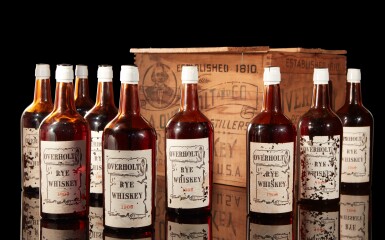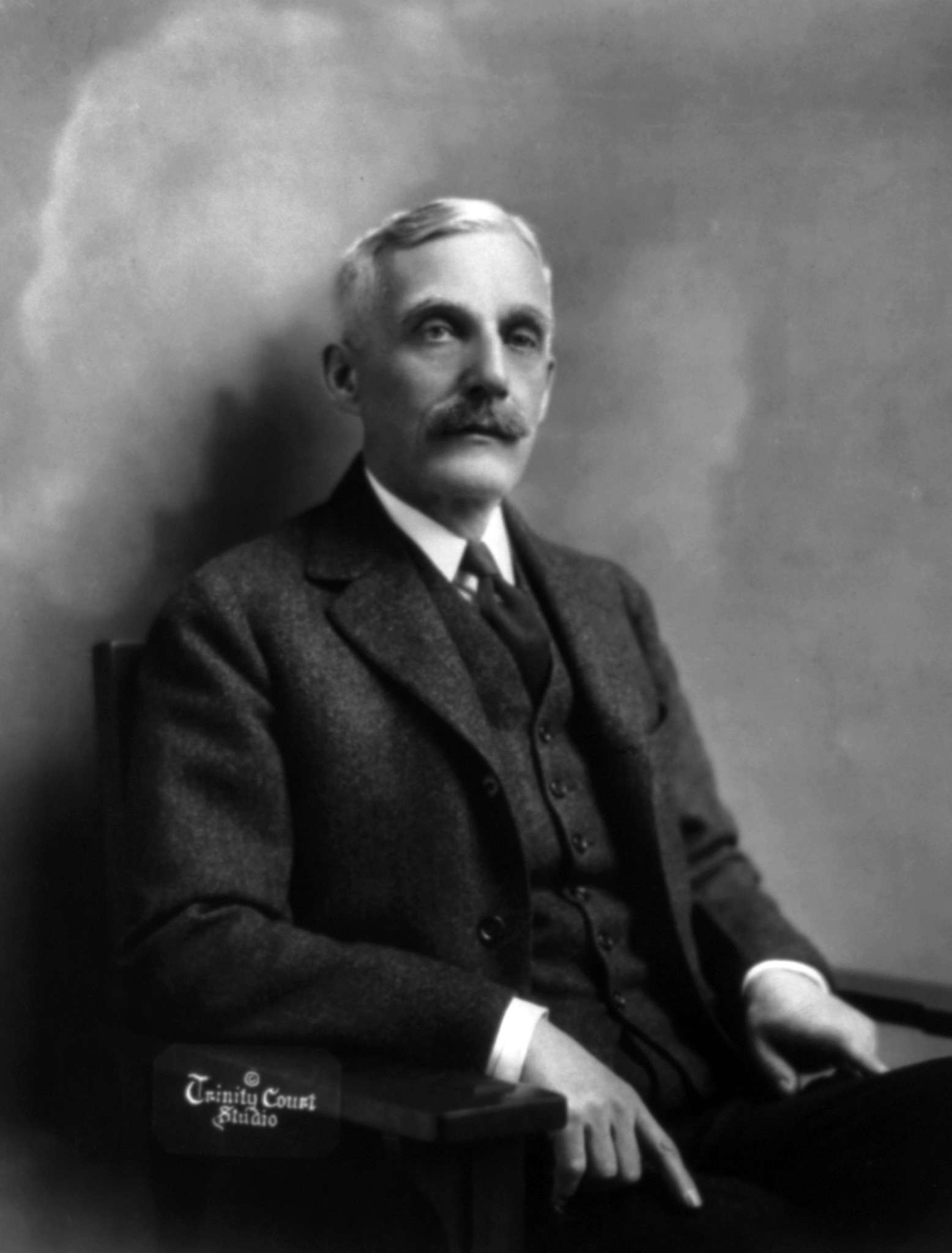Perhaps, as one of the country’s most influential American bankers, businessmen, industrialists, philanthropists, art collectors, and politicians, Mr. Mellon needs no introduction. Mellon served as the US Secretary of the Treasury from March 9, 1921, to February 12, 1932. In other words, he presided over the US Treasury throughout Prohibition. He was at the helm during the roaring 20s and during the stock market’s crash in 1929. He watched as the country fell into the Great Depression. I find his history as compelling as it is controversial. Mellon’s desire to maintain an elite class of wealthy citizens protected from government overreach is still with us today. His belief that the wealthy and well-educated upper class would best serve the country in leadership positions was reflected in his decision to allow the wealthiest distillery owners to take reins of medicinal whiskey production in the late 1920s. Mellon’s favoritism for the upper class was not unique to American history by any means, but the Industrial Revolution and the Gilded Age certainly helped to confirm his belief that the wealthy were more deserving of their privilege. Mellon’s Treasury Department had a huge impact on American whiskey during Prohibition through its selective streamlining of industry leadership during the 1920s. This history is often ignored and deserves more attention.
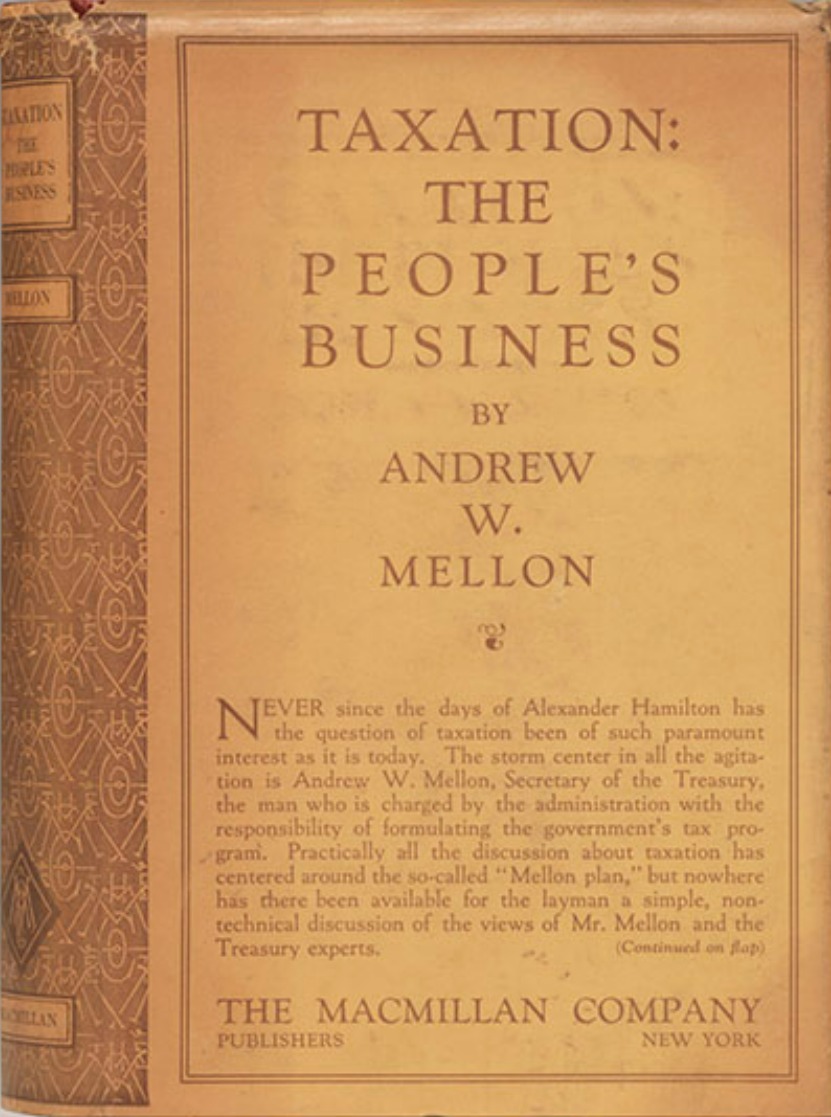
The National Gallery of Art was founded in 1937. Andrew Mellon had just left the office of the US Treasury Secretary in 1932 when Roosevelt became President. Mellon had served 3 separate presidents (some say they served Mellon) over the course of 11 years and his replacement had begun investigating Mellon for tax fraud in 1933. Mellon, by all rights, should never have been allowed to assume the office of Treasury Secretary in the first place. Not only did a statute from 1789 prohibit the treasury secretary from engaging in commerce or trade, but our founding fathers had also written a law blocking the treasury secretary from holding bank stocks. Mellon overcame these legal restrictions by pretending to sell his assets to his brother. Most lovers of whiskey history are familiar with Mellon’s insistence (to everyone that would listen) that he had divested himself of all his liquor interests before assuming the role of Treasury Secretary. (Yeah, right! His opponents were clear about this not having been the case and Mellon was often flippant about the idea that anyone could tell him what to do anyway, but he still played the role of innocent industrialist well.) Roosevelt had reason to believe that Mellon had contributed toward creating the bubble that led to the Great Depression.
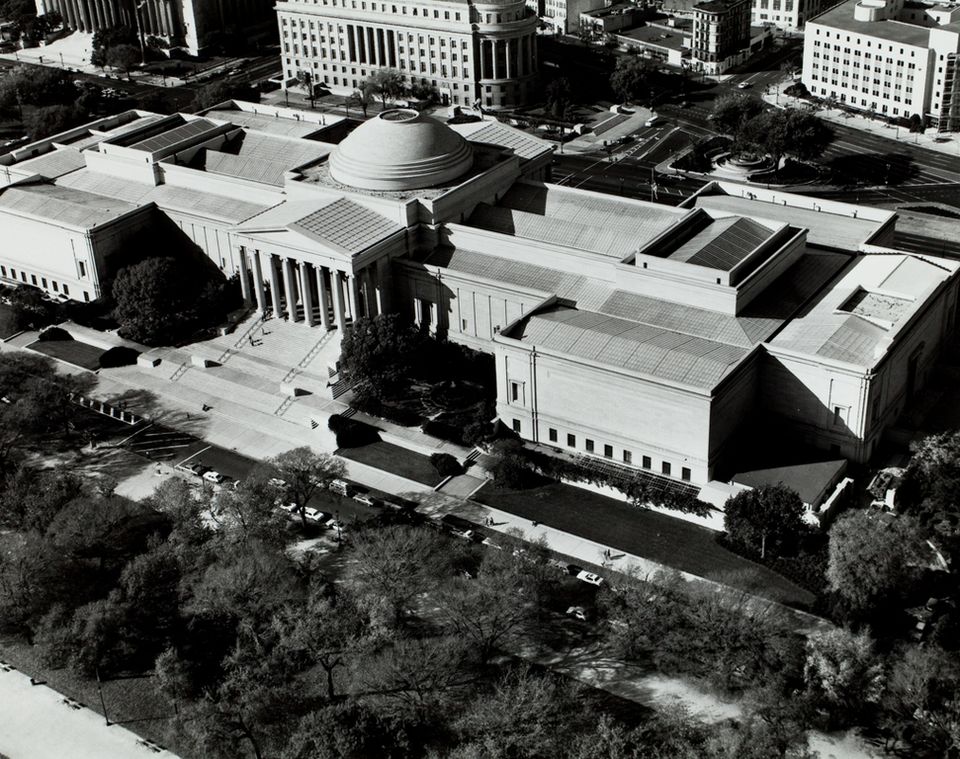
In 1927, the US Treasury Department conveniently assumed the role previously held by the Commissioner of Prohibition. This transfer of power took place just as the money and power controlled by the liquor interests was being divvied up. The Willis-Campbell Act of 1921 did allow for medicinal whiskey stocks to be refurbished if the need arose in the future but did not specify how that should take place. The consolidation of America’s whiskey into concentration warehouses created industry leaders of the men that owned those warehouses. Each of those warehouse licenses were specifically issued to men hand-picked by the government. They became the self-proclaimed “stewards of America’s whiskey.” The late 1920s showed that these “stewards” were busy strategically buying up all the whiskey lying dormant in their warehouses- all of which belonged to other men! Whether the warehouse owners owned the whiskey in their warehouses or not, they would come to own it by Repeal through one channel or another.
Mellon was a magnificent power broker, and there was no doubt that his control over commerce and government was dangerously far reaching. He controlled the office of Internal Revenue and used it to both aid his friends and attack his enemies. He would become one of the most hated men in America after the 1929 stock market crash- after President Hoover of course. When Andrew Mellon was under investigation by Roosevelt’s administration from 1933 to 1937, Mellon was curiously found innocent of any tax frauds right around the same time that he discussed with Roosevelt his idea to donate a grand gallery of art to the city and to the people of the United States. His huge donation of art to the US capital would become the National Gallery of Art in Washington D.C. Mellon wanted to name it after himself but was denied that little request. Was it morally a good idea to grant a huge tax deduction granted to a man that was being investigated for tax fraud? Does no one else find that a bit convenient? How does the museum describe the transaction on their website again?
“On Christmas Day 1936, President Franklin D. Roosevelt received a letter from Andrew Mellon offering to give his art collection to establish a national gallery. The proposal included endowment funds and plans for a museum building that he would erect. The press hailed Mellon’s offer as historic. Some commentators called it the greatest gift ever known to have been made to any government by any individual.”
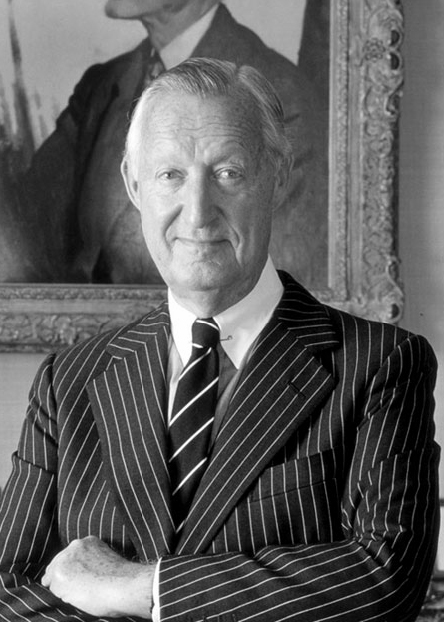
Greatest gift ever known? Hm. Good ol’ DC. Mellon did not live to see the National Gallery built. His son, Paul, was the one that saw to that. And he was able to do so because Andrew Mellon spent his years as Treasury Secretary making sure that his son would inherit every penny he was left. Mellon is hailed as one of the great men of fortune and industry, and he does make for interesting reading. I just wish Americans would spend less time praising his extensive wealth and read more about the man himself. I love the National Gallery, by the way! Seeing Titian, Vermeer, Van Der Weyden, Van Eyck, Raphael, El Greco, Rubens, Rembrandt, DaVinci…all of it, all in one place, it’s amazing! But while it seems to be a part of the Smithsonian Institution, it is not. The Smithsonian is a government trust. (I encourage you to read more about it HERE.) As part of the great centerpiece in the capital of our nation and a monument to the legacy of the Mellon family, it just comes off so falsely. It does, however, help to remind me that history is always there for anyone that wishes to seek it out. It’s not the artwork’s fault that it was bought up and donated for tax avoidance purposes. But I do wish Americans showed a bit more interest in “The Why” of things. Art museums may be tedious to some, but there’s a lot more going on behind all those priceless canvases hanging on the walls. Scandal and intrigue in Washington DC should not come as a surprise, after all😉
If you’d like to read more about Mellon’s influence on Prohibition, I’ve written about it Here- https://www.dramdevotees.com/the-early-years-of-prohibition-the-volstead-act-and-the-bandaid-legislation-that-followed/ And Here- https://www.dramdevotees.com/from-1925-to-repeal-how-the-medicinal-whiskey-makers-changed-everything/
